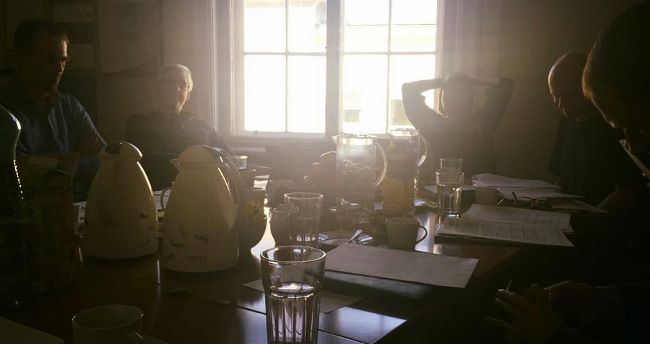The first deliverable from the MATCH-project is now available, and can now be read here. Over the last months, project researchers from Denmark, Austria and Norway have been engaged in refining the content of the project proposal into a coherent, shared research framework.
The process has been both challenging and inspiring. On the one hand, it is challenging for a diverse group of researchers to agree on a common platform. On the other hand, it is inspiring to see how fruitful our different approaches might be when combined.
On a basic level, the MATCH project studies markets, actors and technologies in projects trying out smart grid solutions. The aim is to compare projects across the countries and to be able to say something general, and beyond individual trials, about how success can be achieved. This yields numerous potential problems: How do we define success? Whom or what should be successful? How do we define a smart energy “solution”? How do we distinguish a “market” actor from a technology actor? On top of this we have different theoretical understandings and interests in the questions at hands, which makes for some heated debates. We also have to agree on how to deal with three very different contexts, and how one should conceptualize the links between contexts and successes.

The result is a framework which is sensitive to the practices and experiences of technology users, which takes into account technology learning and social learning processes in innovation, and which is sensitive to the many potential roles that technologies might take on as they become implemented. In the months ahead, it will serve as a tool as researchers from the three countries go out in the world to study smart energy solutions and how they work in practice.
/ Tomas Moe Skjølsvold (NTNU)
